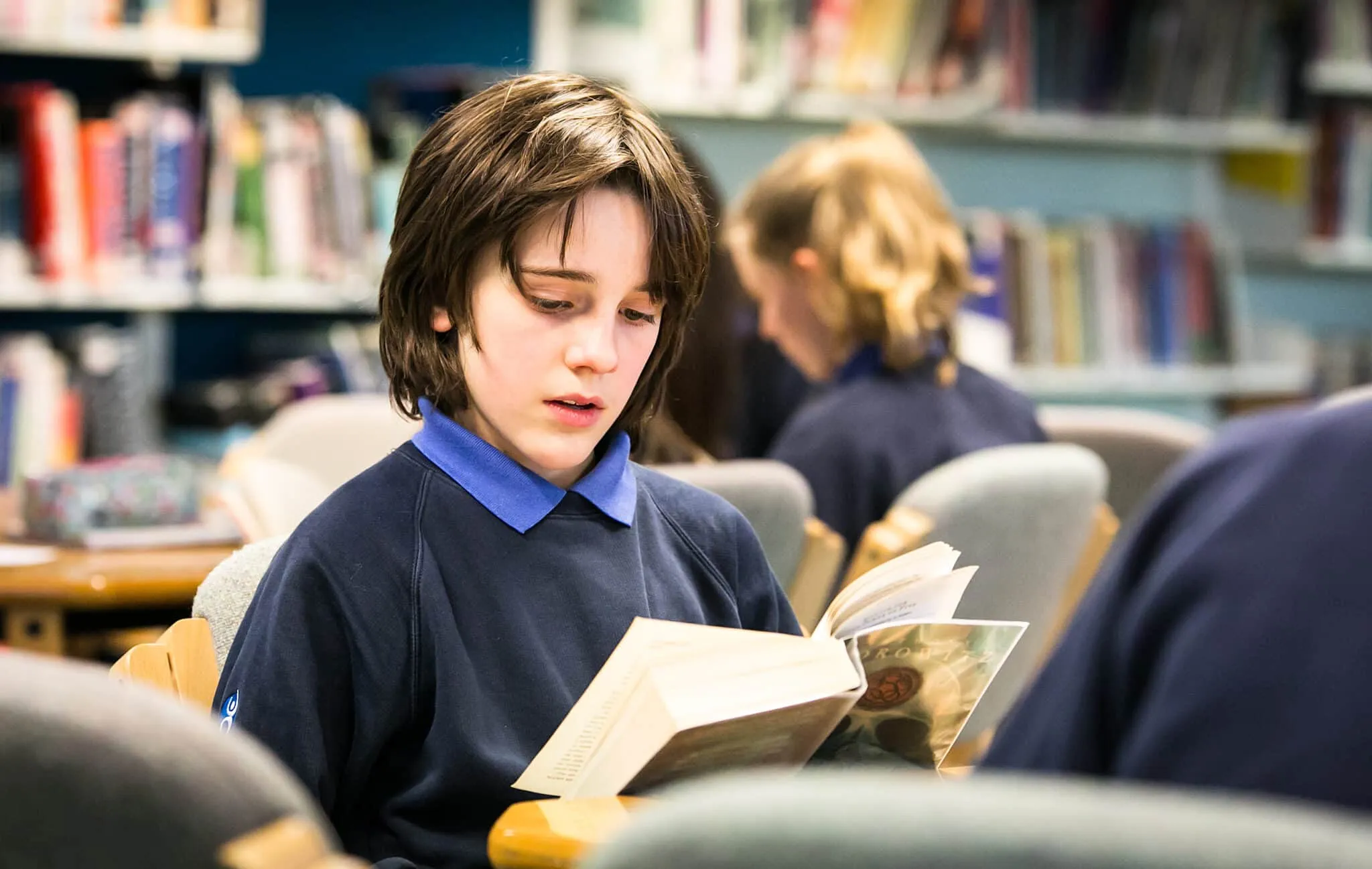Overall, we can judge the popularity of favourite authors by adding the votes given for each author (rather than simply adding the number of mentions in the foregoing text). In Primary, J.K Rowling had the top two books and one other lower down. Rick Riordan has three books lower down, and Katie Kirby has two. Alice Oseman was down to one book (see Table 44). In Secondary, Alice Oseman was at the top and had one other book on the list. Holly Jackson had three: Katie Kirby and Rick Riordan, two each.
Strikingly, Jeff Kinney and David Walliams do not appear at all. Why do children read books on the regular quiz lists they do not prefer? Possibly because they only know their favourites after the book has been read. But this does not explain pupils returning to read endless Kinney and Walliams books, presumably on the basis that they “like the author”.
In the primary years, children were reading very difficult favourite books with a high degree of success – it is wonderful what reading motivating books does for children. In Years 1-6 children were reading favourite books at far above their chronological ability, but generally still maintaining a high rate of success in terms of high APC.
There was a marked difference in Year 7 (the year of secondary transfer). At this point, the difficulty of favoured books was no longer well above chronological age, and in the ensuing years, the difficulty of books declined sharply. It seems that transfer to secondary school has a striking effect even on highly motivated readers. There is some good news, however, in that comprehension stayed relatively high.
We should bear in mind that the reading age needed to read The Times is 12.7 years, so if Year 10 pupils were reading The Times, they would still be reading 3.3 years below their proper reading level. On the other hand, the purpose of AR is not to offer relaxed reading as from a newspaper but to offer accountable reading and accelerate pupils’ growth in reading.
